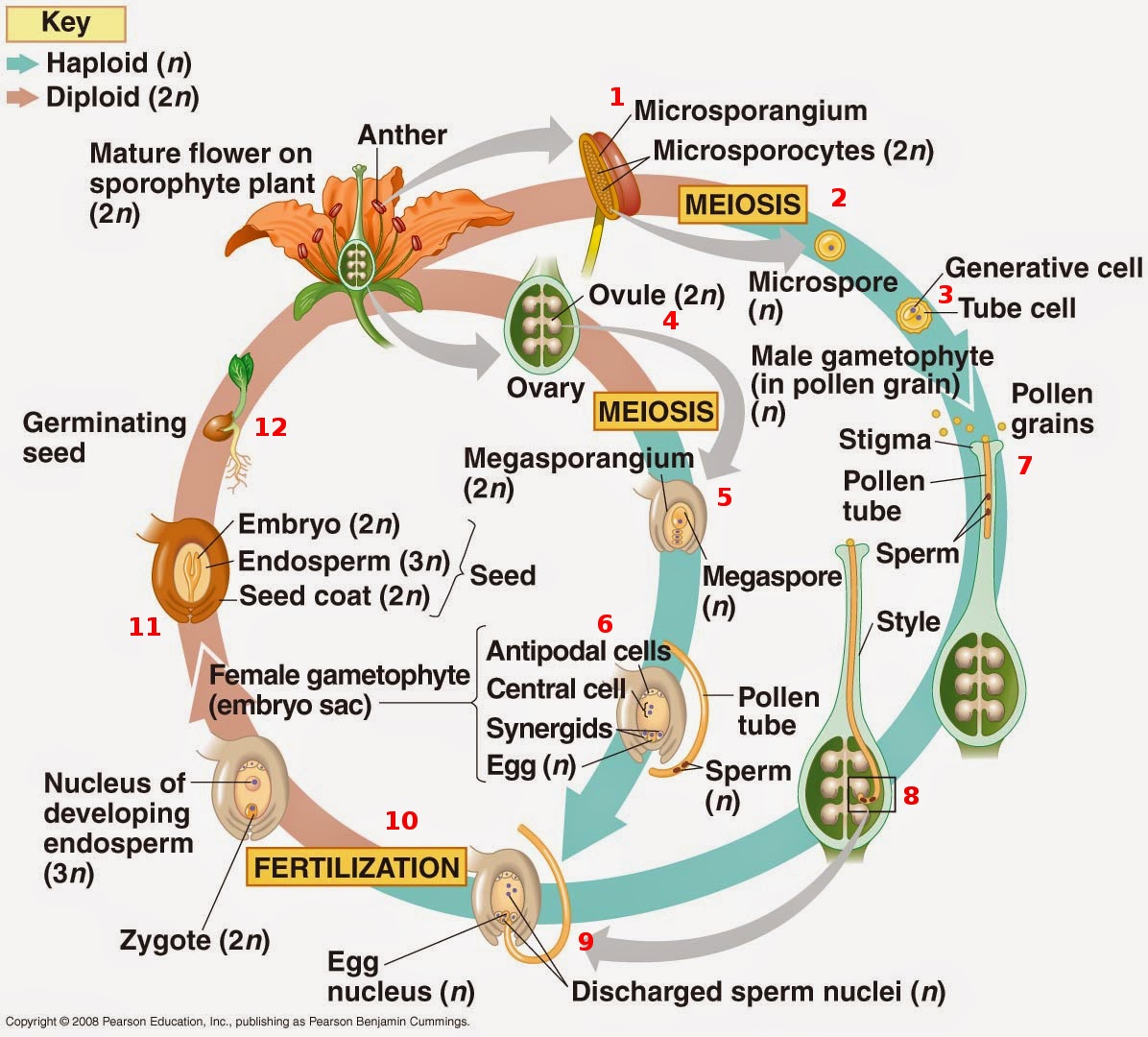The Facts About "The Role of Fertilizers in Agriculture: Pros, Cons, and Sustainability Concerns" Uncovered

Coming from Pollination to Fruitfulness: A Resource to Fertilization in Vegetations
Fertilization is a necessary method that occurs in the life cycle of vegetations. It is the procedure through which male and women reproductive cells combine, leading in the buildup of seeds and fruit products. Without fertilizing, plants maynot create fruits or seeds, and duplication can easilynot take area. In this write-up, we will definitely discuss the fertilizing procedure in vegetations, featuring pollination, types of fertilizing, and factors influencing it.
Pollination
Pollination is the 1st action in the fertilizing method. It is the transactions of pollen from the male procreative organ (stamen) to the women procreative body organ (pistil) of a blossom. There are actually two types of pollination: self-pollination and cross-pollination.
Source -pollination happens when pollen from a blossom's stamen lands on its personal pistil. This can easily take place normally or artificially with individual assistance. Self-pollinating vegetations feature greens, beans, tomatoes, and peppers.
Cross-pollination occurs when pollen coming from one floral is moved to another bloom on a different plant of the exact same species. This can happen normally by means of wind or pests such as bees or butterflies.
Styles of Fertilizing
Once pollination has developed, fertilizing may take place. There are two types of fertilization: interior fertilization and external fertilizing.
Inner fertilization happens within blossoms that have both male and female procreative body organs (hermaphrodite). The sperm tissues made by the stamen travel down to the ovules located at the bottom of pistil where they join with egg cells through a procedure called dual fertilization.
External fertilizing develops outside florals where male ovums are launched into water bodies such as seas or fish ponds to fulfill with female ovums for combination. Exterior plant foods are often marine living things such as fish or frogs.
Aspects Impacting Fertilisation
Several aspects can easily have an effect on fertilizing in vegetations. These include the accessibility of pollinators, ecological disorders, and hereditary factors.

Supply of Pollinators: Pollinators such as honey bees, butterflies, and various other insects play a crucial job in the fertilizing method through transmitting plant pollen coming from one blossom to another. The absence or downtrend of pollinators as a result of to habitat loss, pesticide make use of or weather modification may affect vegetation fertilizing leading to lowered crop yields and also termination of particular plant species.
Ecological Conditions: Ecological disorders such as temperature, moisture, and precipitations can easily additionally influence fertilization. For instance, high temperatures can lead to pollen grains to dry out out or come to be nonviable while low temperatures might interfere along with the advancement of reproductive organs leading to unsatisfactory fertilizing.
Genetic Variables: Hereditary factors also play a part in vegetation fertilization. Various plants have various devices for self-pollination or cross-pollination depending on their genetic makeup. Some plants have built special modifications that permit them to entice details styles of pollinators while others depend on wind for pollination.
Conclusion
Fertilization is a essential process that makes it possible for vegetations to reproduce and create fruits and seeds. Without it, we would not have the abundance of food plants that we appreciate today. Understanding the fertilization method is important for planters and garden enthusiasts who desire to strengthen crop returns through appropriate administration practices such as ensuring enough pollinator populations, supplying suited environmental problems for development, or deciding on ideal cultivars along with preferable qualities.
